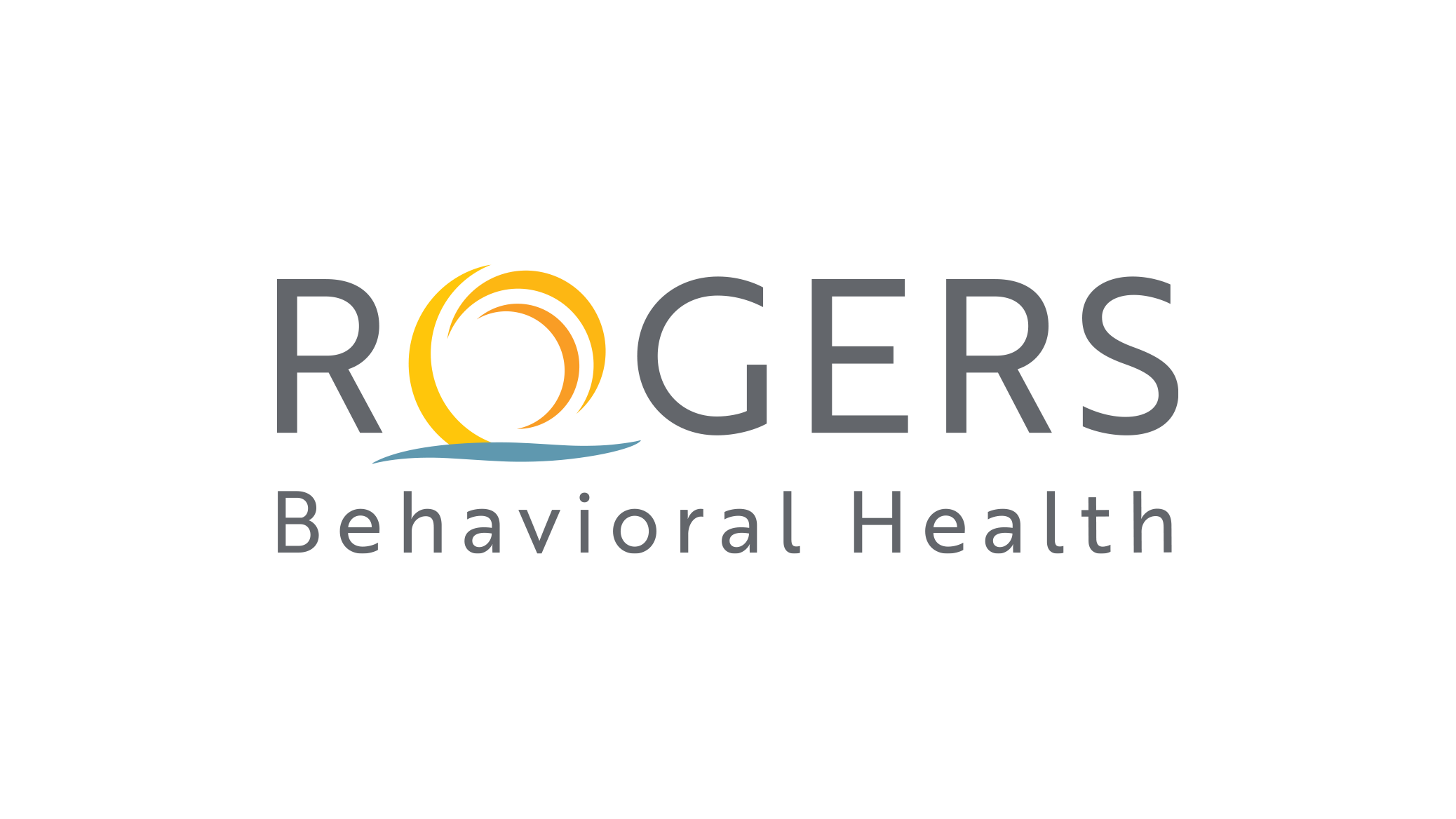
Media Use and Mental Health
By Kristin Miles, PsyD
Kristin Miles, PsyD, is an attending psychologist at Rogers Memorial Hospital-West Allis’s Child and Adolescent Day Treatment program. Learn more at rogershospital.org.
Media in its multiple and ever-changing forms – TV, Internet, Facebook, Twitter, computer and video games – plays a prominent role in our lives. With this unprecedented 24/7 access, many children and teens have difficulty managing their media use. So what is the danger in multi-tasking multiple streams of entertainment and information?




